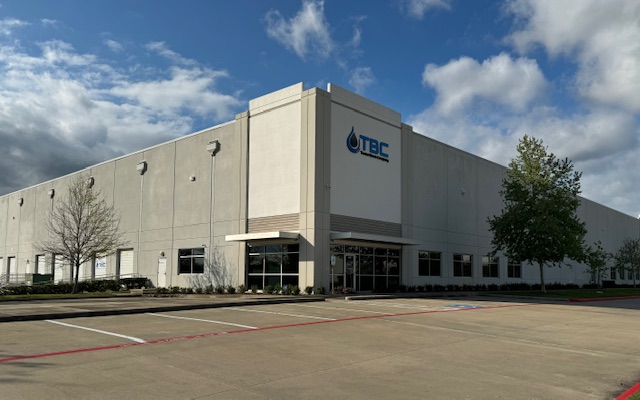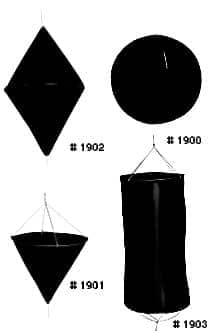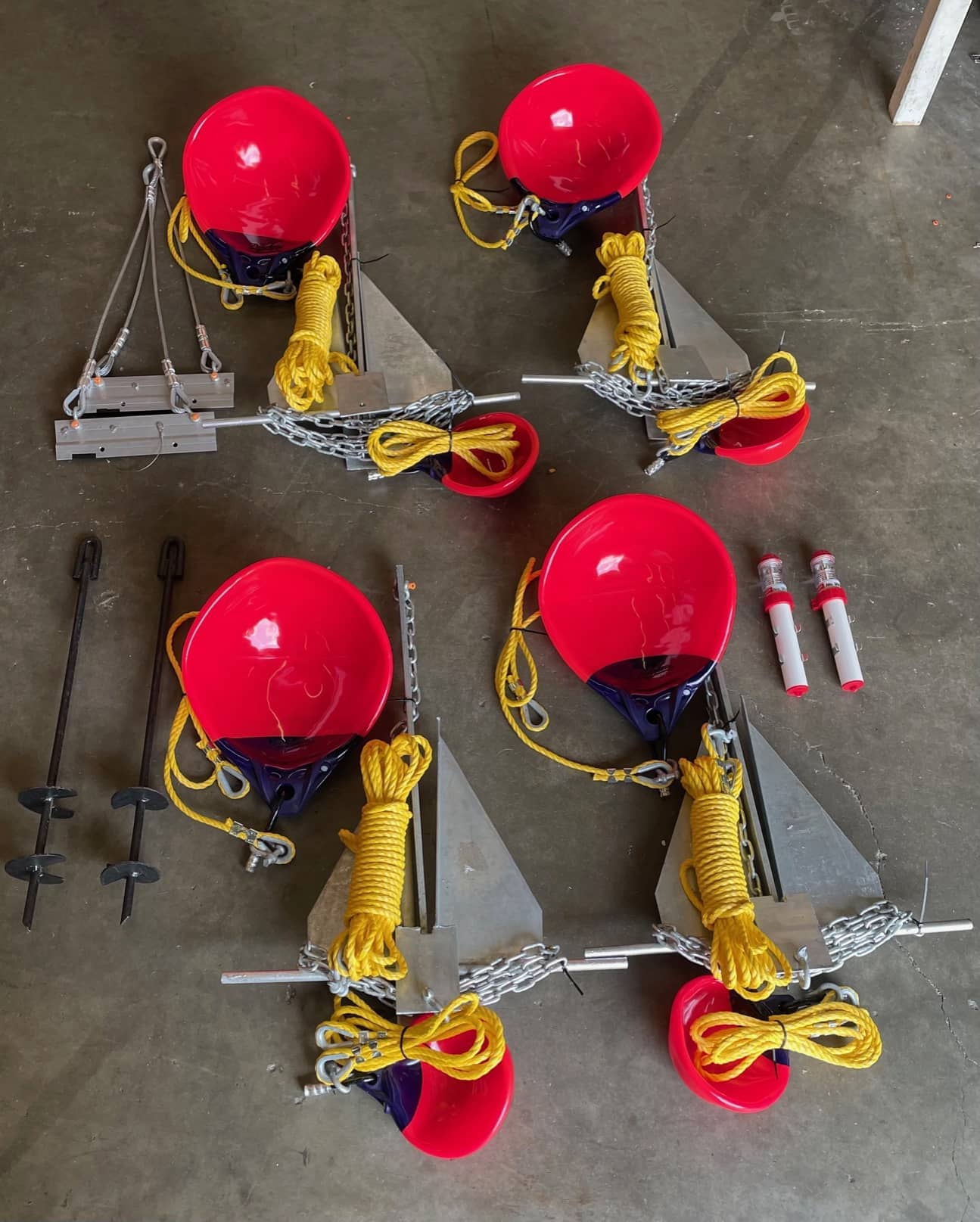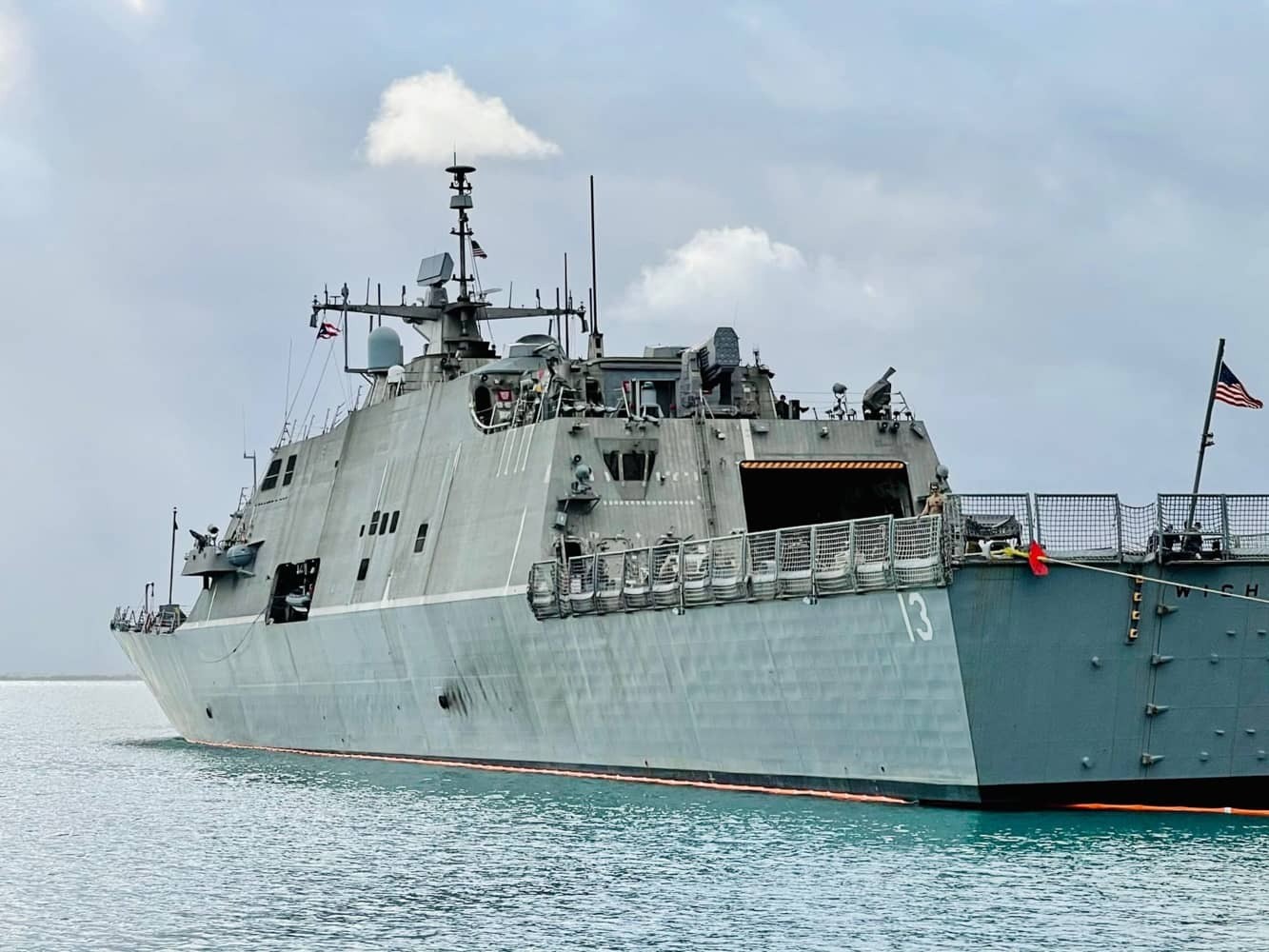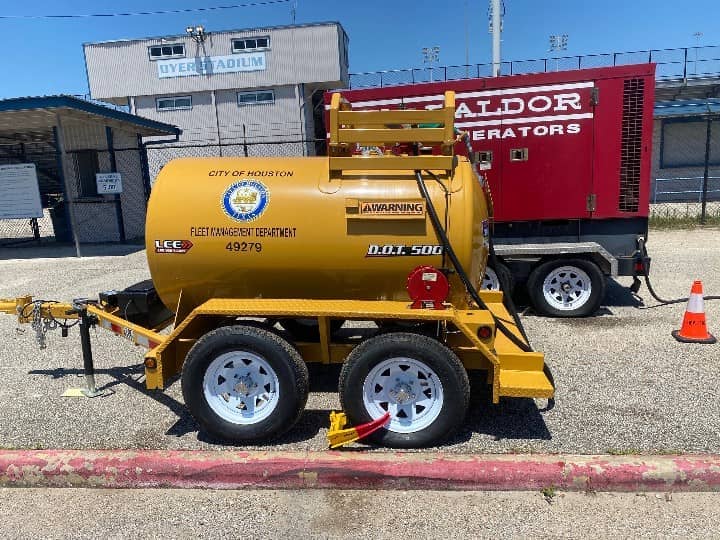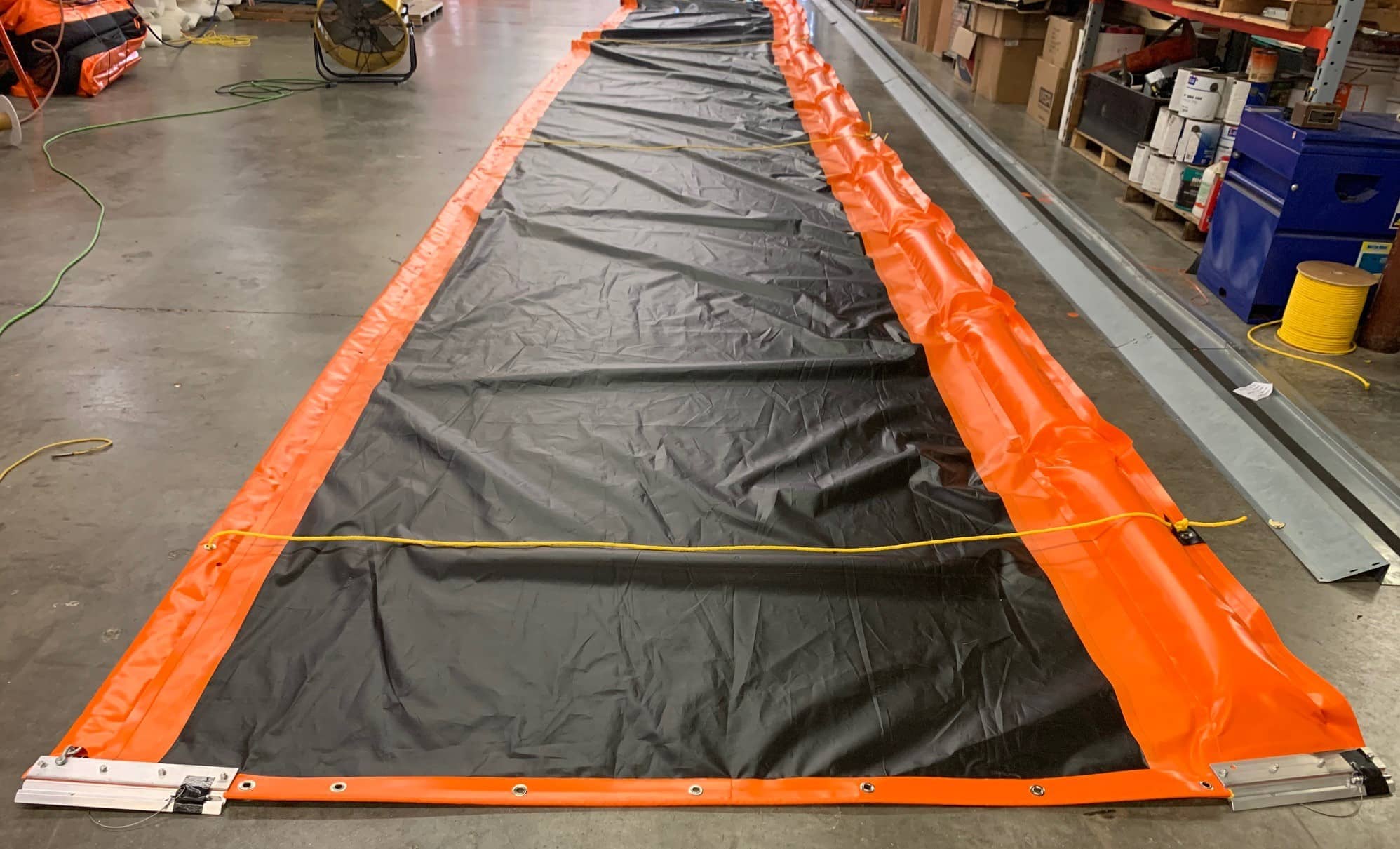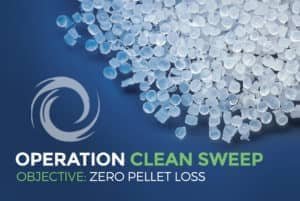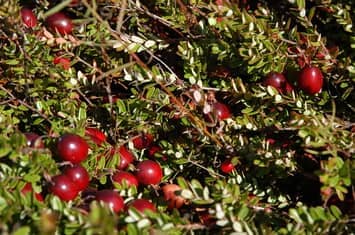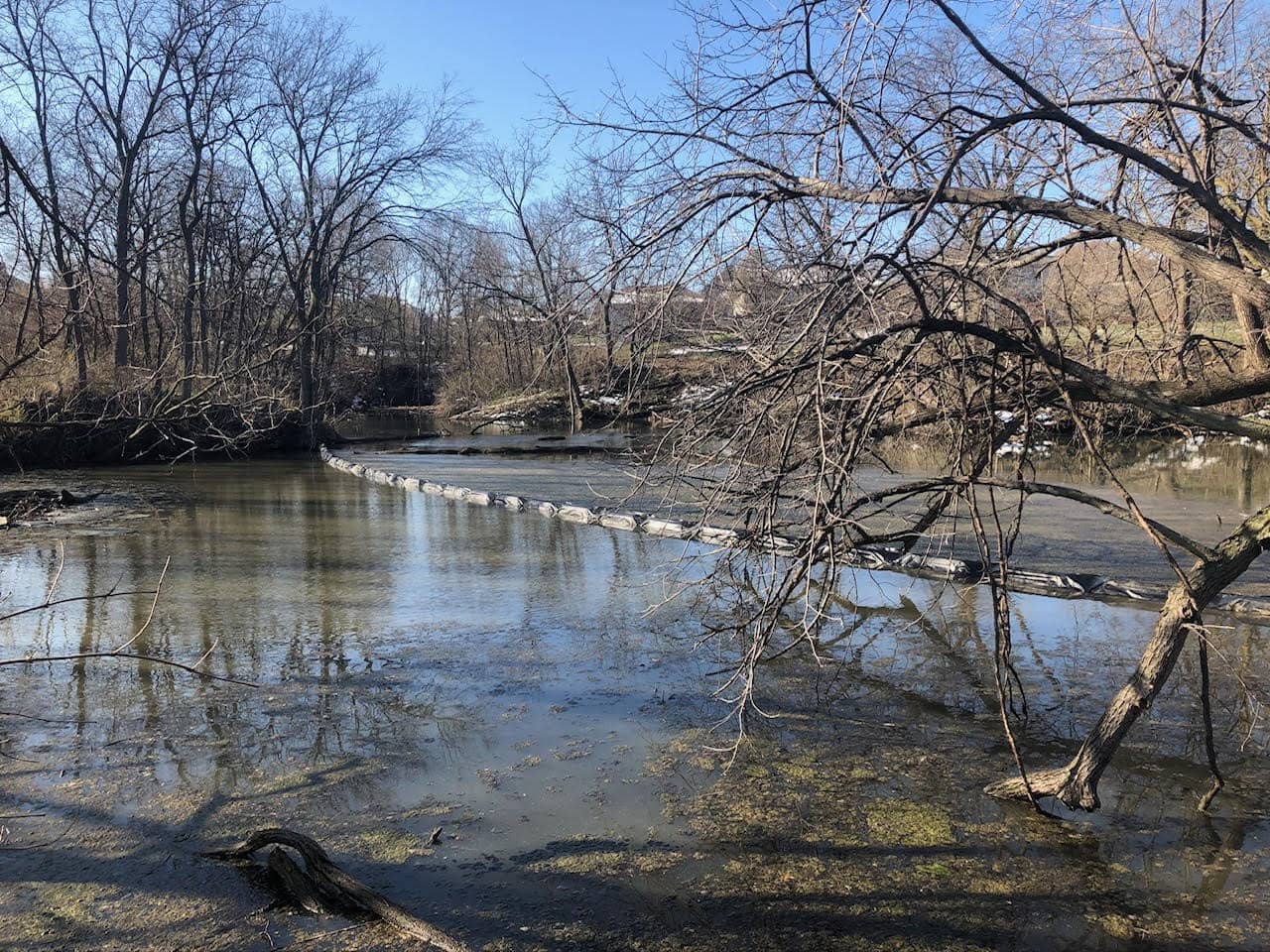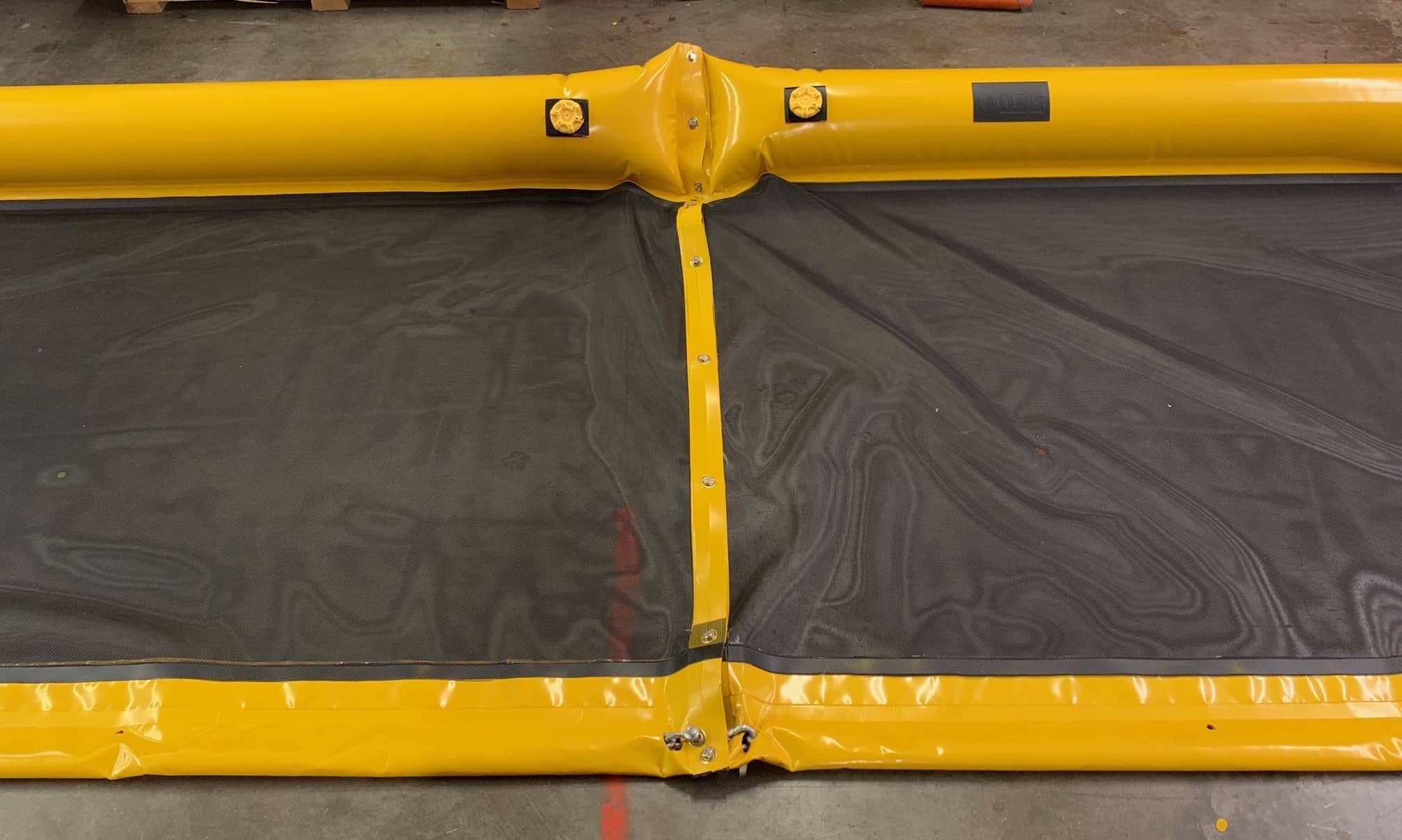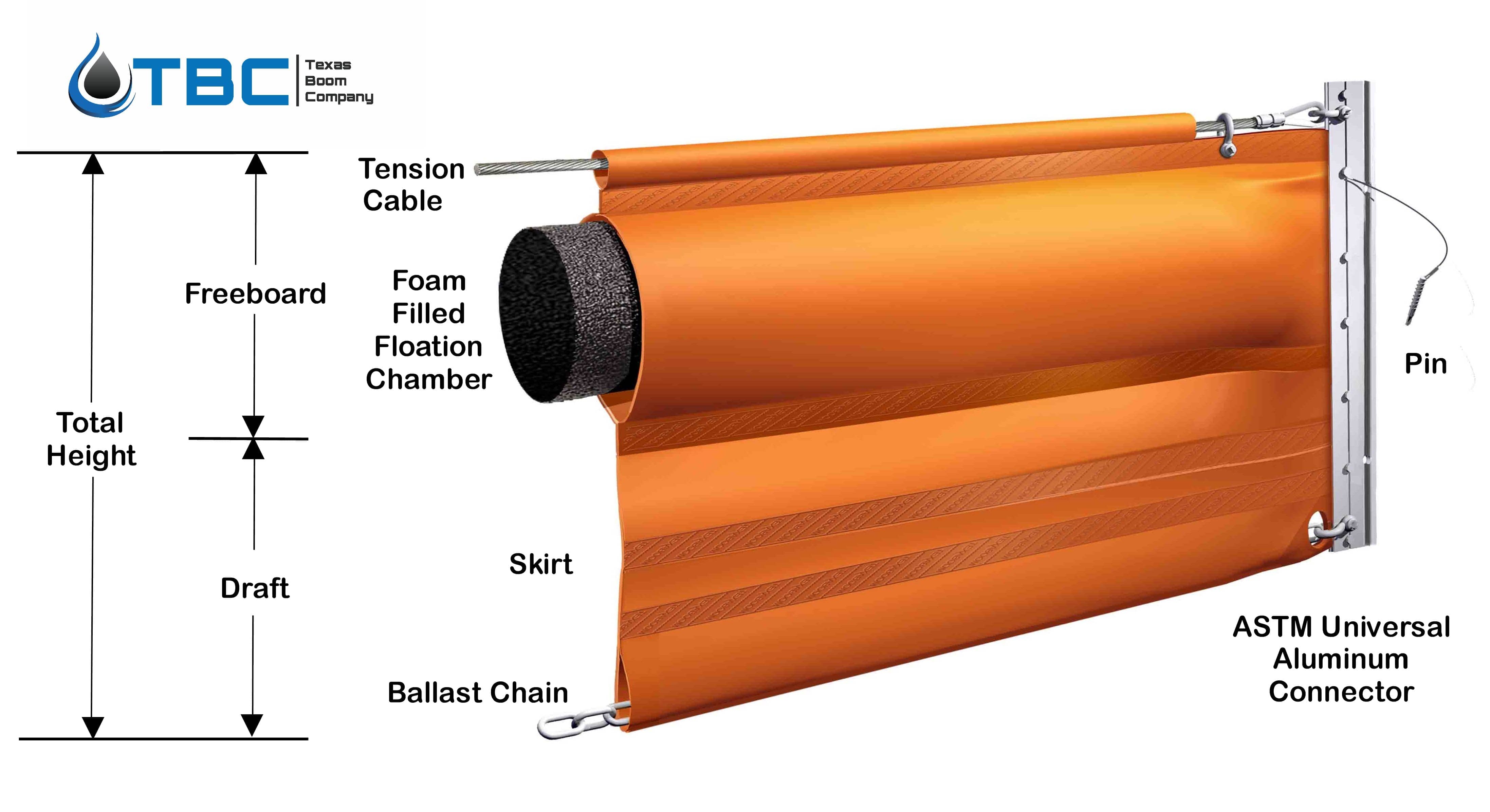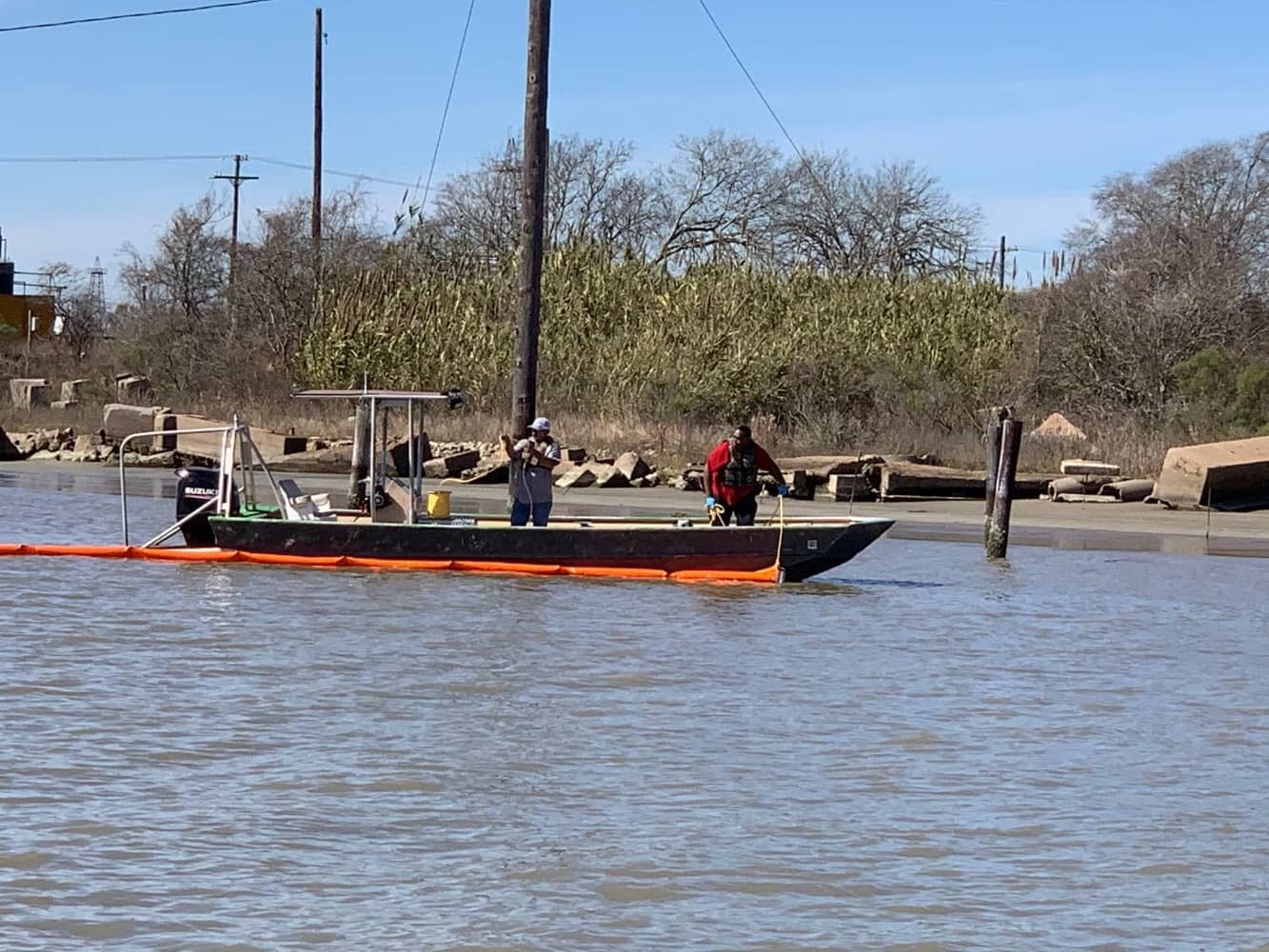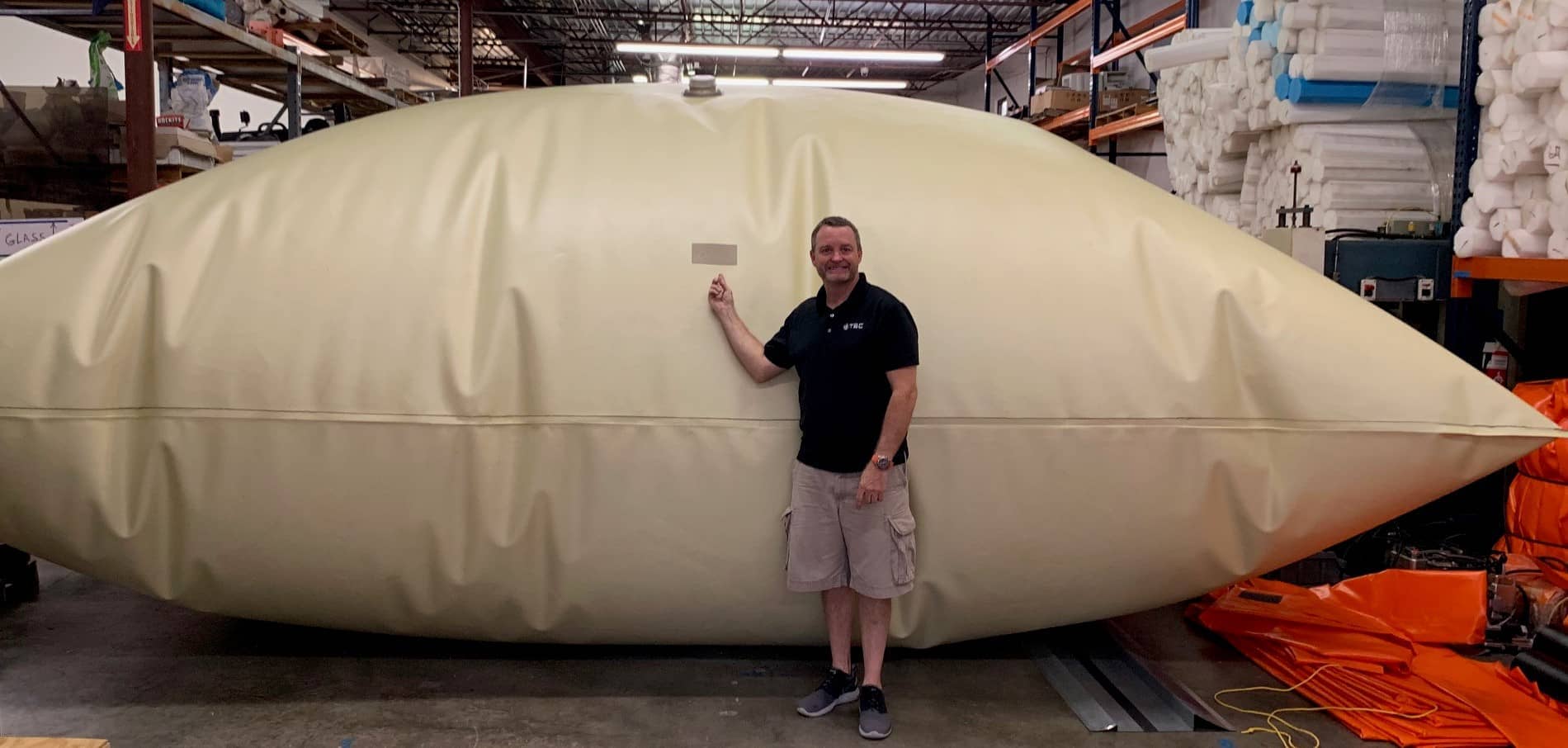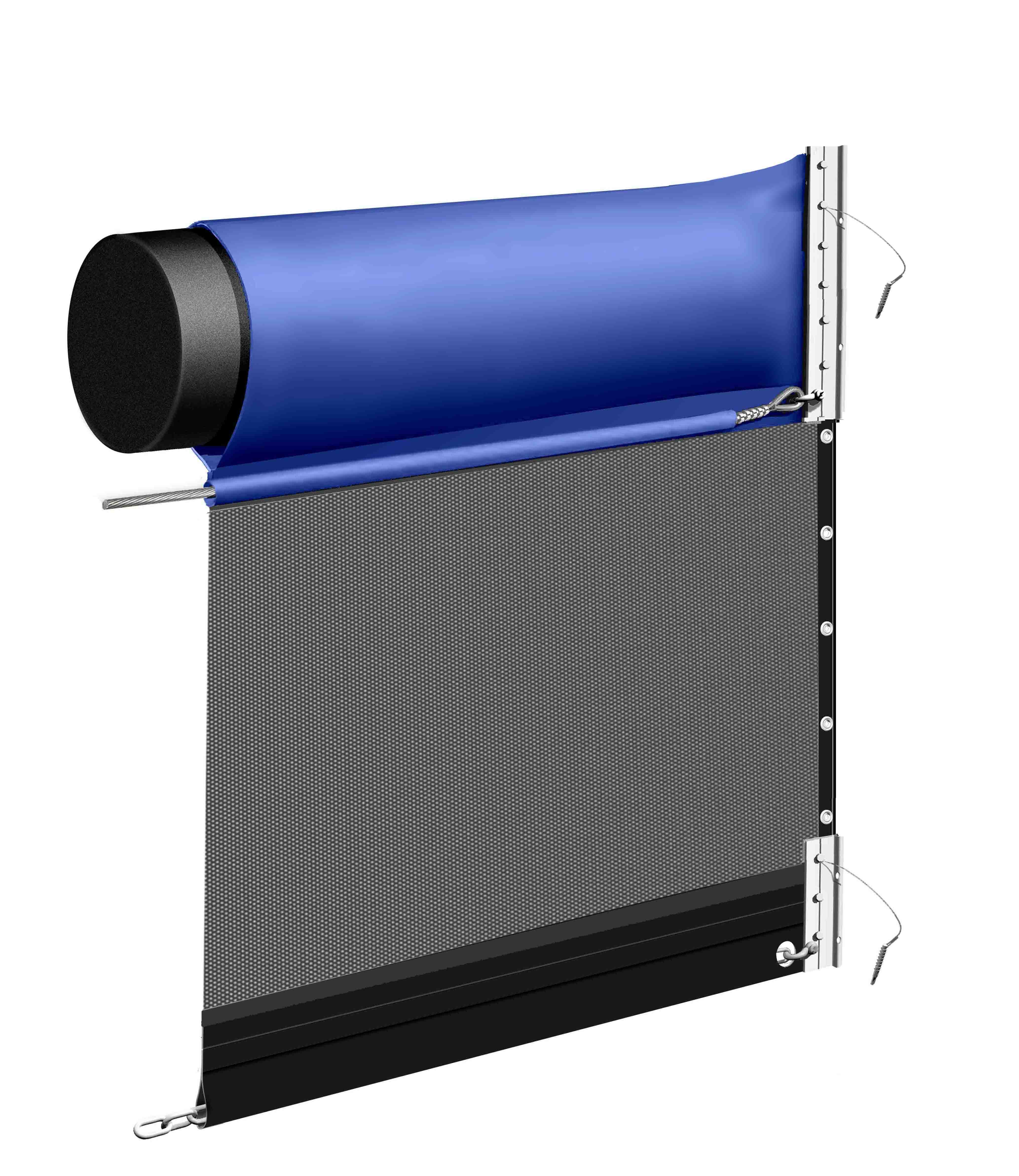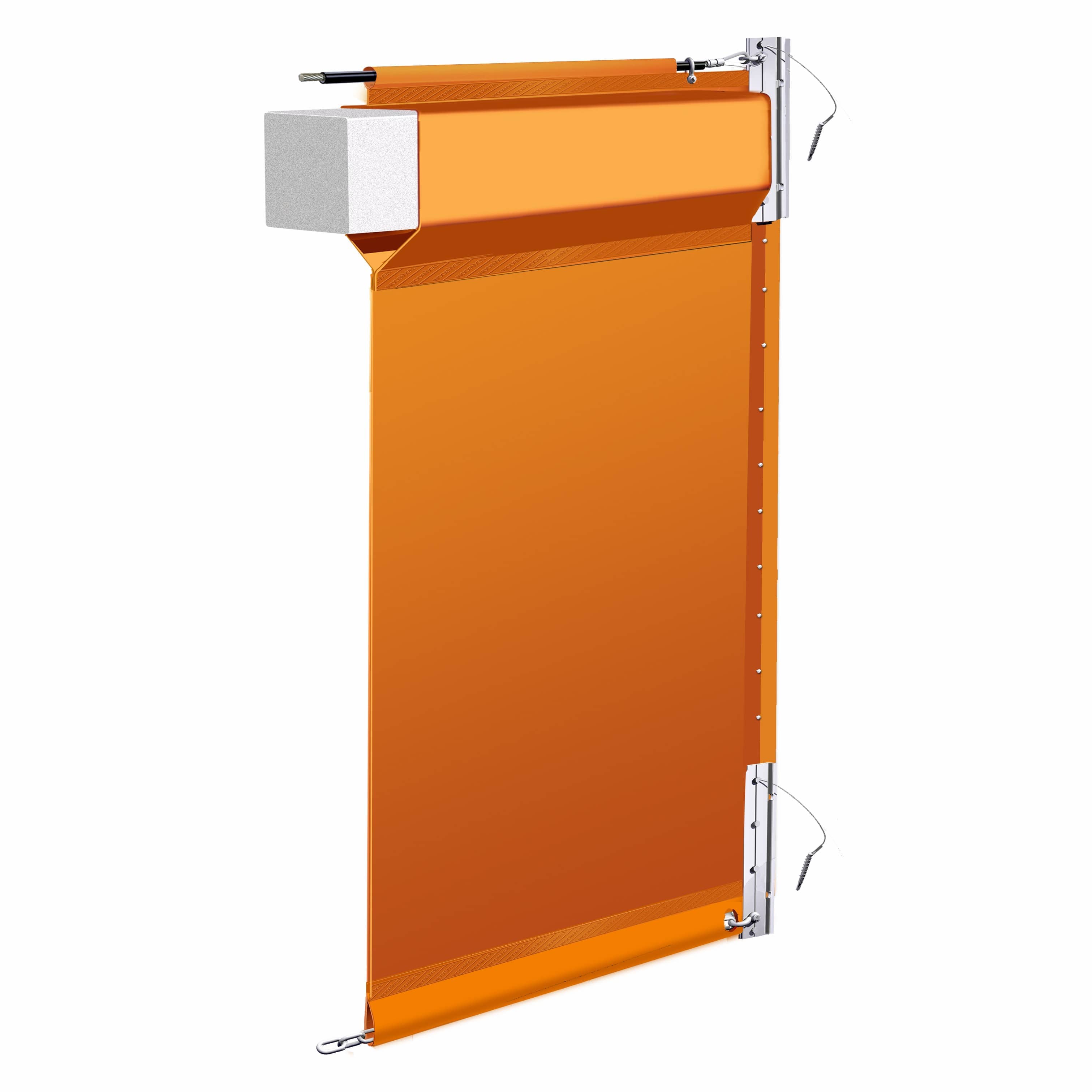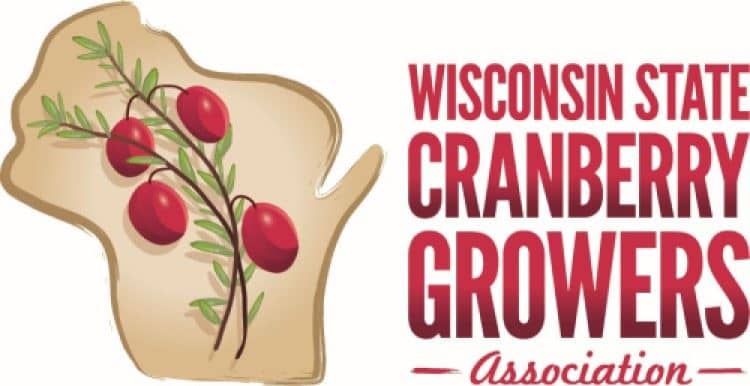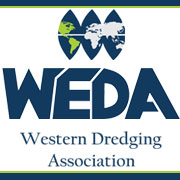Texas Boom Company – a leading manufacturer of oil spill response and marine construction products, today announced it was named to the 2024 Inc. 5000—an annual list of the fastest-growing private companies in America. The prestigious ranking provides a data-driven look at the most successful companies within the economy's most dynamic segment—independent and entrepreneurial businesses.
"We are honored to be named one of America's fastest-growing companies by Inc. for the first time," said Keith Harrison, CEO of Texas Boom Company. “While the company was established in 1986, growth in core markets has been emphasized in recent years. Our team is building on the company’s longstanding reputation while expanding our repeat customer base. We recently expanded into a new facility and are capitalizing on efficiency gains to build on the recent momentum. The best is yet to come for Texas Boom.”
The Inc. 5000 class of 2024 represents companies that have driven rapid revenue growth while navigating inflationary pressure, the rising costs of capital, and seemingly intractable hiring challenges. Among this year's top 500 companies, the average median three-year revenue growth rate is 1,637 percent. In all, this year's Inc. 5000 companies have added 874,458 jobs to the economy over the past three years.

